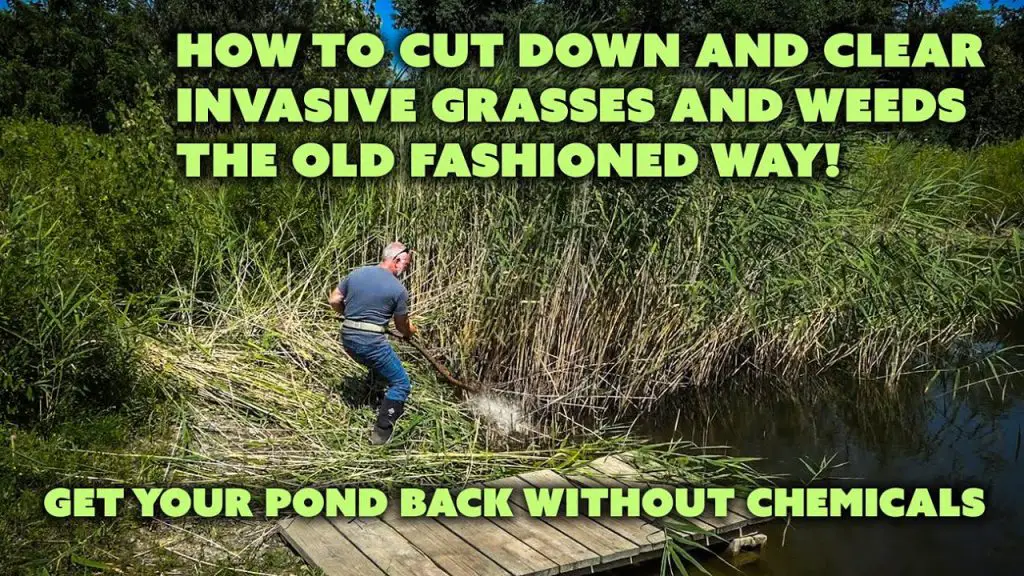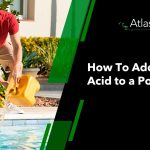Phragmites, also known as common reed, is a tall, invasive plant that can quickly overtake a pond and disrupt the ecosystem. Getting rid of phragmites requires a strategic approach to ensure they do not regrow and spread further. In this article, we will discuss effective methods to eliminate phragmites in a pond and restore the natural balance of the aquatic environment.
Understanding Phragmites
Phragmites are perennial grasses that can grow up to 15 feet tall, with dense stands that outcompete native vegetation. They have a deep root system that allows them to spread rapidly and establish a strong foothold in wetland areas, including ponds. Phragmites can block sunlight, deplete oxygen levels, and hinder the growth of other plant species, leading to a decline in biodiversity.
Manual Removal
One of the most common methods to control phragmites in a pond is manual removal. This involves physically cutting or pulling out the plants from the water. It is essential to remove the entire plant, including the roots, to prevent regrowth. Manual removal is labor-intensive but can be effective for small infestations or areas where machinery cannot access.
Steps For Manual Removal:
- Wear protective gear such as gloves and boots.
- Use a sharp tool like a machete or pruning shears to cut the phragmites at the base.
- Pull out the cut plants from the water, ensuring to remove all roots.
- Dispose of the phragmites properly to prevent spreading seeds or fragments.
- Monitor the area for regrowth and repeat the process as needed.
Chemical Control
Chemical control methods can be effective for large-scale phragmites infestations in ponds. Herbicides specially formulated to target phragmites can be applied to the plants or the water to inhibit growth and eventually kill the plants. It is crucial to use herbicides approved for aquatic use and follow the instructions carefully to avoid harming other aquatic life.
Steps For Chemical Control:
- Identify the appropriate herbicide for phragmites control in ponds.
- Apply the herbicide according to the manufacturer’s instructions.
- Avoid spraying herbicides on windy days to prevent drift.
- Monitor the effectiveness of the treatment and reapply if necessary.
- Follow safety precautions when handling and applying herbicides.

Credit: www.lakerestoration.com
Mechanical Control
Mechanical control methods involve using machinery such as mowers, cutters, or trimmers to cut down and remove phragmites from the pond. This method is suitable for large infestations and can be more efficient than manual removal. However, it may require specialized equipment and expertise to ensure effective results.
Steps For Mechanical Control:
- Select the appropriate machinery for cutting down phragmites in the pond.
- Operate the machinery carefully to avoid damaging surrounding vegetation.
- Remove the cut plants from the water and dispose of them properly.
- Regularly maintain and inspect the machinery to ensure optimal performance.

Credit: weedersdigest.com
Biological Control
Biological control methods involve introducing natural predators or competitors of phragmites to limit their growth and spread. This method is more environmentally friendly and sustainable in the long term. Biological control agents can include insects, fungi, or other organisms that target phragmites specifically.
Steps For Biological Control:
- Research and identify suitable biological control agents for phragmites in ponds.
- Introduce the biological control agents to the pond following recommended guidelines.
- Monitor the impact of the biological control agents on phragmites populations.
- Adjust the management strategy based on the effectiveness of the biological control.
Preventive Measures
Preventing the spread of phragmites is essential to maintaining a healthy pond ecosystem. Implementing preventive measures can help reduce the risk of phragmites invasion and protect native aquatic plants and wildlife. Some preventive strategies include:
- Regular monitoring of the pond for early detection of phragmites.
- Proper disposal of plant fragments to prevent regrowth.
- Maintaining a diverse plant community to outcompete phragmites.
- Creating a buffer zone around the pond to limit the introduction of invasive species.
Conclusion
Phragmites can pose a significant threat to the biodiversity and ecological balance of ponds. By employing a combination of manual, chemical, mechanical, and biological control methods, along with preventive measures, it is possible to effectively manage and eliminate phragmites infestations. It is essential to choose the most suitable control method based on the extent of the infestation and the specific conditions of the pond. With proper management practices, it is possible to restore the health and vitality of the pond ecosystem and ensure the long-term sustainability of the aquatic environment.





